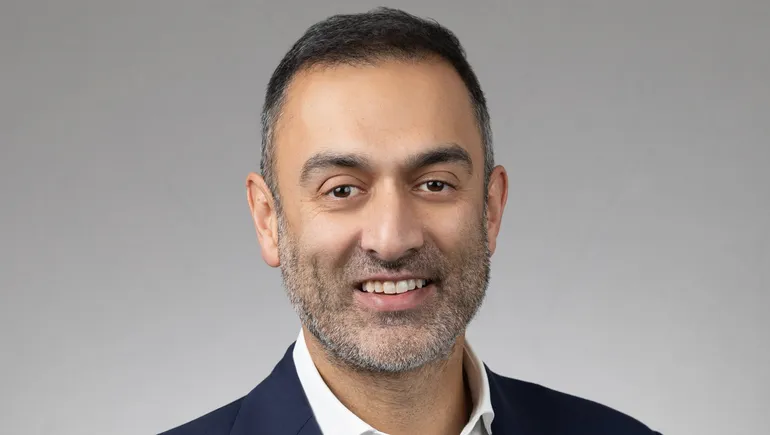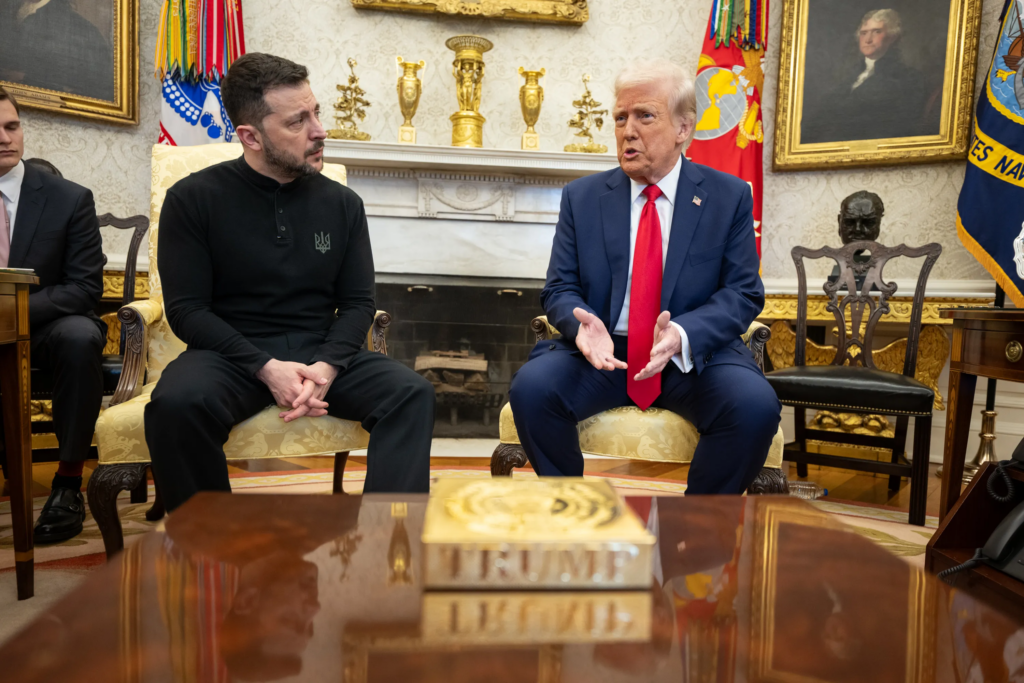America’s response to measles is eroding its ability to deter biological attacks
The rising death toll for a preventable disease reveals just how ill-prepared the country is to handle a malicious bioweapon.

Public health experts have already begun sounding the alarm on extensive and troubling failures in the United States’ response to the measles threat. Some warn that this sluggish response could allow the outbreak to escalate into a full-blown epidemic, with health consequences lasting for decades to come. But while media coverage has rightly focused on the implications for public health today, this outbreak also exposes a deeper national vulnerability: the erosion of the United States’ ability to deter biological attacks.
Deterrence is a central pillar of biodefense strategy. It rests on the idea that the most efficient way to deal with a biological attack is to prevent one from happening in the first place. One way to put this into practice is through “deterrence by denial”—projecting an image of strong defenses that can dissuade an attack before it causes mass damage, lessening the attractiveness of a biological attack as a viable option for bad actors. For biodefense, this would mean showing the world that the United States can quickly detect, identify, contain, and treat dangerous outbreaks. And the U.S. Defense Department happens to strongly agree, noting in its Biodefense Posture Review that such capabilities can deter the development and proliferation of bioweapons but only if “properly messaged and demonstrated.”
But the measles outbreak has made the opposite message clear. Rather than demonstrating a swift and coordinated national response, the United States has revealed just how ill-prepared it is to handle a biological challenge. The fact that this is a measles outbreak––not a new or untested problem––makes this all the worse. The country already has the playbook to eliminate measles, given that it did so in 2000. Stopping it again should be routine, given that it doesn’t require us to develop, scale up, or manufacture new vaccines. That we are now struggling so publicly against a well-known threat might only embolden those who see our public health vulnerabilities as an opportunity. If we can't defend against a disease we've already defeated once, what kind of message does that send about how we’d respond to a deliberate biological attack?
Instances of unforced errors and self-inflicted damage in the measles response greatly risk weakening U.S. deterrence, and international perceptions of it, in the long term. Take, for example, funding cuts for local health responders in Lubbock, Texas, as they worked to quell the outbreak. Perhaps even the shuttering of over 50 measles clinics in Dallas due to retracted federal funding. Or the major downsizing and “restructuring” of the federal agency responsible for preventing, preparing for, and responding to public health emergencies. Consider as well, the fact that federal officials blocked the publication of expert measles guidance. Or even the elimination of thousands of employees from the Department of Health and Human Services, including infectious disease experts across key agencies from the FDA’s vaccine advisory group to the CDC’s outbreak forecasting center.
Compounding these structural failures is a chaotic—and often conflicting—communications strategy. During critical early weeks of the outbreak, a department-wide ban on external communications prevented the CDC from issuing updates on the evolving public health threat. In fact, the CDC did not hold any public briefings in the first months of the new administration.
Meanwhile, HHS Secretary Robert F. Kennedy Jr. initially downplayed the efficacy of the measles vaccine publicly and even floated the unfounded idea that getting measles might be good for children—only to later acknowledge that the MMR vaccine is the most effective way to prevent measles. This mixed messaging sowed confusion, forcing local public health officials to divert precious time and resources to correcting misinformation. In some cases, these statements worsened the situation by causing a brand-new type of harm. Take Secretary Kennedy’s suggestion to use Vitamin A supplements to treat measles, for example. Measles outbreaks in other countries are sometimes accompanied by Vitamin A treatments, in populations that suffer from Vitamin A deficiencies. Since that deficiency is uncommon in the U.S., hospitals in Texas are now treating children for Vitamin A toxicity, a dangerous type of poisoning that can lead to liver failure, alongside their severe measles cases.
These aren’t isolated missteps. They point to a broader pattern of disinvestment and dysfunction in America’s biodefense posture. Recently cancelled funding is halting the implementation and modernization of data systems that track outbreaks. Long-term research into antiviral drugs to fight future “priority pathogens” is being scaled back. And the demonstrated success of medical misinformation could entice adversaries to launch a disinformation campaign—casting doubt on vaccines or treatments, or minimizing the severity of a disease—to exacerbate the effects of a biological weapon. In fact, disinformation could itself be the weapon by giving adversaries the tool to intensify a natural outbreak with less cost and risk and without violating international weapons treaties. All of these examples make it clear that the United States is not following a carefully laid-out deterrence strategy—and, what’s more, that one may not even exist.
To be sure, some experts debate whether deterrence by denial is the most effective option for biodefense. But even if the strategy isn’t perfect, publicly dismantling our own defenses is clearly worse. The public health system is our first line of response in any biological event. It’s how we detect early warning signs—like spikes in emergency room visits—and how we raise the alarm. If that system is underfunded, understaffed, and silenced, we may not even realize we’re under attack until it’s too late.
Right now, the United States’ biodefenses are failing a basic stress test. The response to the measles outbreak is more than a domestic public health failure—it is a glaring breach in our overarching biodefense strategy. Congress and federal agencies must treat this for what it is: not just a public health challenge, but a critical biodefense failure that demands immediate correction. Measles is a known enemy, yet our response on the world stage has been chaotic, underfunded, and dangerously politicized. Dismantling critical preparedness offices, cutting infrastructure and funding, and allowing misinformation to derail the response are not just bad for healthcare—they’re dangerous national security signals. They send a clear message to the world, and one that emboldens adversaries: America is not prepared.
Steph Batalis is a research fellow at Georgetown University’s Center for Security and Emerging Technology (CSET), and holds a Ph.D. in biochemistry and molecular biology from Wake Forest University’s School of Medicine.
]]>





















































































































































